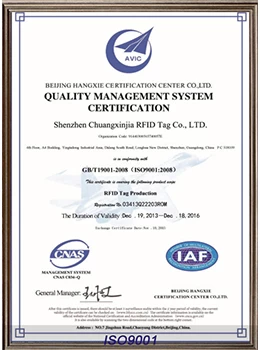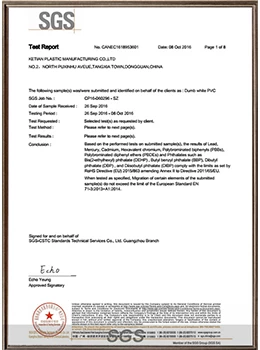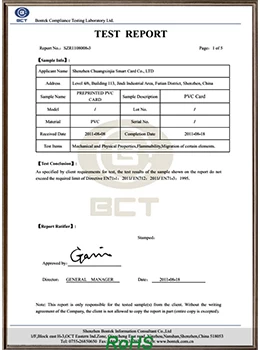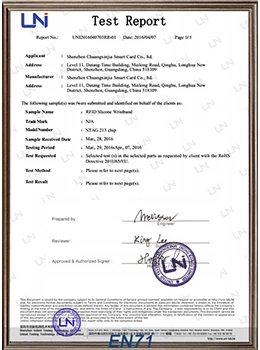Is RFID anti-theft tag technology feasible?
In an era of technological advancement and digital innovation, combating theft has become a top concern for businesses and individuals. Among the many tools used to combat theft, RFID technology has become a game changer, revolutionizing the way we protect assets and valuables. Let’s take a deep dive into the history of RFID anti-theft tag technology and explore its evolution into a powerful defense mechanism against unauthorized access and theft.
The birth of RFID anti-theft tag technology can be traced back to the early 20th century, with the development of radio waves and their application in wireless communications. Inspired by the potential for remote identification and tracking, innovators began experimenting with RFID systems as a means of enhancing security measures. Initial implementations are rudimentary, but the seeds of an idea have been planted – technology that could thwart theft through smart, automated detection.

With the maturity and popularity of RFID technology, its application in the security field has become more and more obvious. Retailers were among the first to realize its potential, deploying RFID tags and readers to monitor inventory and deter shoplifting. The ability to track items in real time, detect unauthorized removals, and trigger alerts revolutionizes loss prevention strategies, significantly reducing shrinkage and increasing profitability.
Driven by the constant pursuit of innovation, RFID anti-theft tag technology has undergone a series of advancements that have further improved its effectiveness and versatility. The miniaturization of RFID tags allows them to be seamlessly integrated into products ranging from clothing and electronics to pharmaceuticals and automotive parts. Enhanced encryption protocols and authentication mechanisms enhance security measures and thwart tampering and counterfeiting attempts.
In addition to traditional retail environments, RFID anti-theft tag technology is used in various fields such as logistics, transportation, healthcare and hotels. Asset tracking systems equipped with RFID capabilities enable organizations to monitor the movement of high-value items, prevent unauthorized access to restricted areas, and streamline inventory management processes. Seamless integration of RFID technology with existing infrastructure transforms security protocols from reactive to proactive, providing real-time insights and actionable intelligence to stakeholders.
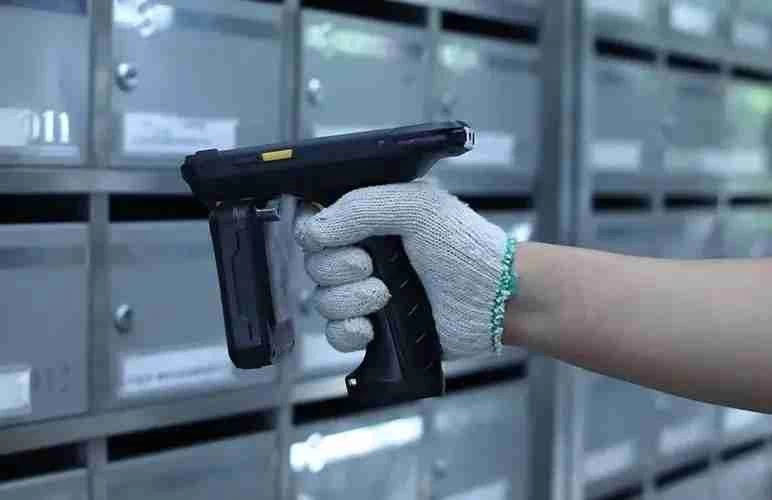
Looking ahead, the future of RFID anti-theft tag technology appears brighter than ever. With the advent of the Internet of Things (IoT) and artificial intelligence (AI), RFID systems will become smarter, more connected, and more sensitive to emerging threats. Predictive analytics, machine learning algorithms, and decentralized networks promise to detect and mitigate theft in advance, ushering in a new era of proactive security solutions.

In short, the development of RFID anti-theft tag technology reflects the transformative power of innovation in the security field. From its humble beginnings as a concept to its current position as the cornerstone of modern loss prevention strategies, RFID technology has reshaped the landscape of asset protection and theft prevention. As we continue to push the boundaries of technological possibilities, one thing remains clear: RFID anti-theft technology will remain an important tool in the ongoing fight against theft, protecting our assets and maintaining peace of mind in an ever-evolving world.

